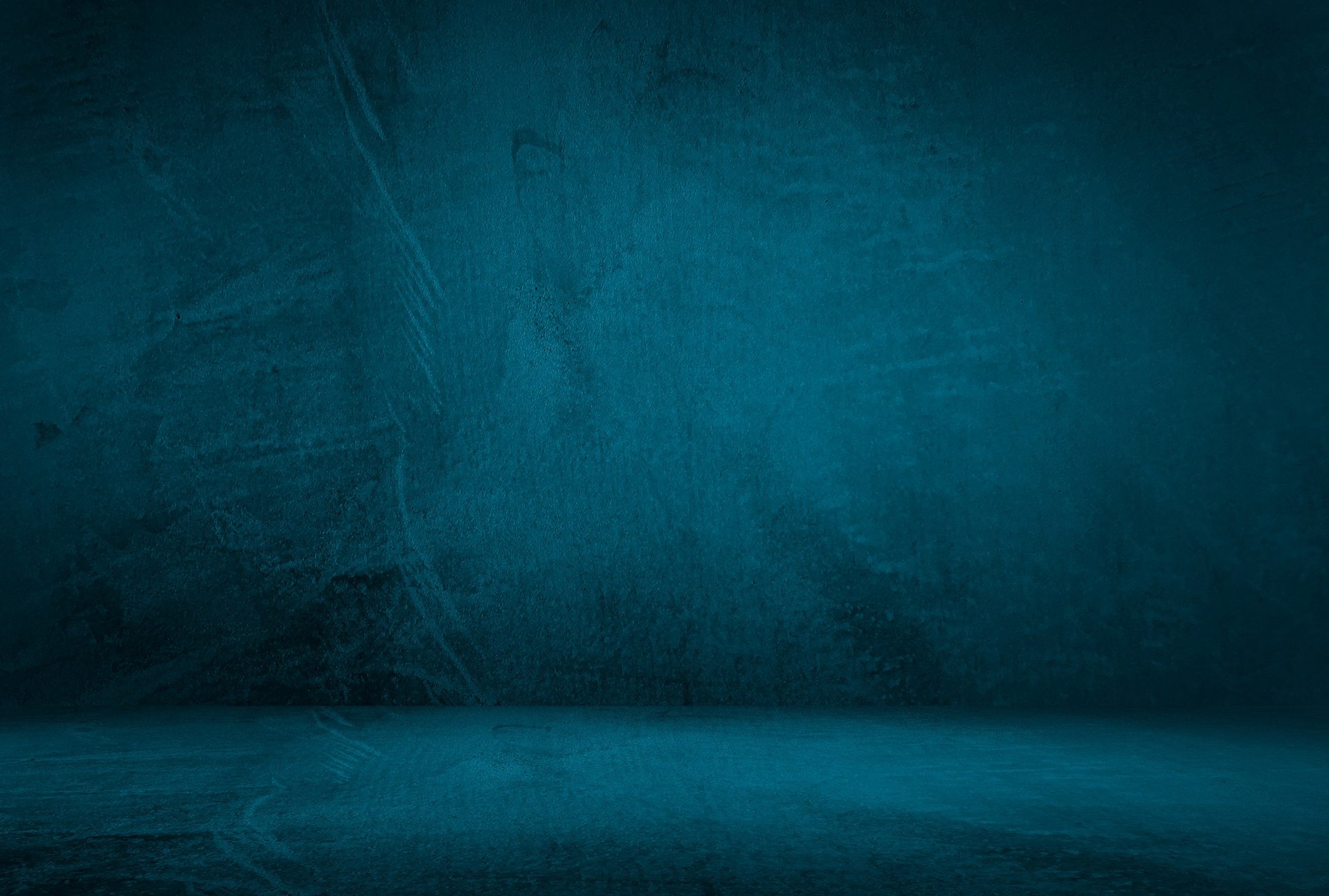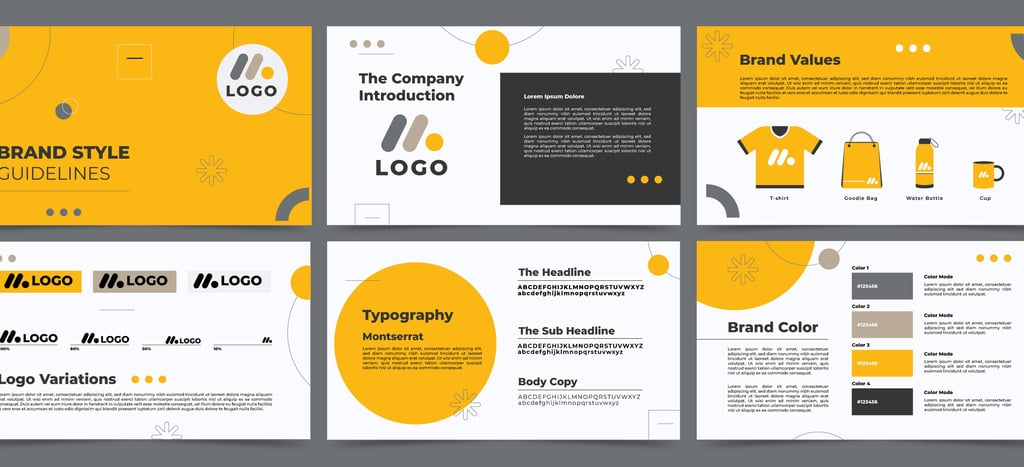10 Branding Truths we Learned the Hard Way
By Ruben Yannick Mbon
7/2/2025



10 Branding Truths We Learned the Hard Way (And How You Can Avoid Our Mistakes)
Let me tell you a story about the time I almost ruined a client's business with a "perfect" rebrand.It was 2018. We'd just won a dream project with a SaaS startup. Their existing branding was... well, let's just say their logo looked like it was designed in Microsoft Paint by someone who'd never used a computer before.We spent months crafting what we thought was genius:
A sleek new logo
A "modern" color palette
A mission statement that sounded like it belonged in a Harvard Business Review case study
The big reveal day came. The CEO read our shiny new tagline out loud:
"Empowering cross-functional synergy through scalable innovation ecosystems."
The room went silent. Then their head of sales - God bless her - said what everyone was thinking:
"What the hell does that even mean?"
That moment changed everything for our agency. Because here's the truth about branding that no one tells you when you're starting out:
1. Your "Why" Should Sound Like Something a Human Would Actually Say
Remember that cringe-worthy tagline? After that disaster, we locked ourselves in a conference room with the client's team and ordered three large pizzas "Let's try this," I said. "Tell me why your best customer signed up last week."Their customer success manager didn't hesitate:
"Because we saved their remote team 3 hours a day in useless meetings."
Boom. There it was.
We threw out all the corporate jargon and rebuilt their messaging around that single idea. The new version?
"Helping remote teams claw back their day from meeting hell."
Results?
Website conversions up 200%
Sales calls got 30% shorter (because people actually understood what they did)
They became the #1 alternative to Zoom in their niche
The Lesson: If your "why" sounds like it belongs in a corporate training video, you've already lost.
2. Trying to Appeal to Everyone is Branding Suicide
Early in our agency's life, we took on a client who insisted their product was for "any business with data."We created generic messaging that could apply to anyone. The campaign flopped harder than a fish out of water.Then we did something radical - we actually talked to their customers.Turns out, their best clients all had three things in common:
They ran e-commerce businesses
They were drowning in spreadsheets
They all mentioned "lying awake worrying about payroll"
We rebuilt everything around this persona:
"The spreadsheet-slaying, sleep-deprived e-commerce founder"
New homepage headline:
"Stop choosing between paying your team and getting sleep."
The transformation was insane:
Qualified leads increased 5x
Customer acquisition cost dropped 60%
They got acquired 18 months later
The Lesson: Your best customers already have a lot in common. Find those patterns and speak directly to them.
3. Your Brand Lives in the Tiny Moments Everyone Else Ignores
We once worked with a client who spent $50,000 on a gorgeous rebrand... while their customer service team was using scripts that sounded like they came from a 1990s call center manual.
Their most common support reply?
"Per my previous email..."
Churn hit 30%.
We fixed it by:
Rewriting every automated message to sound human
Adding personality to their error pages
Training support to use phrases like "I'd be frustrated too" instead of "We regret the inconvenience"
The most powerful change? Their out-of-office reply:
"Thanks for your email! I'm currently [doing something human] until [date]. When I'm back, I'll give this my full attention. If it's urgent, here's who can help..."
Customer satisfaction scores jumped 40 points.
The Lesson: Your brand isn't your Instagram feed - it's how you make people feel when things go wrong.
4. "Different" Doesn't Mean "Better" - It Means "Unforgettable"
Remember when every startup website looked the same? Hero image of smiling people, three value props, a pricing table? We fell into that trap too.
In 2019, we redesigned a fintech client's site to be "clean and professional." The result? So generic they got confused with three competitors. The turning point came when their CEO showed us a customer review:
"I almost didn't sign up because I thought you were [Competitor X]."
We scrapped everything and started over, this time asking: "What makes you weird?"
Turns out:
Their team was full of ex-poker players
They used gambling metaphors in internal docs
Their office had a blackjack table instead of a conference room
The new brand leaned hard into this:
Homepage headline: "Playing the odds so you don't have to"
Error message: "Busted! Our engineers are on it."
Onboarding checklist called "Your Winning Hand"
Results?
70% increase in demo requests
3x more press coverage
Became the "fun" alternative in a stuffy industry
The Lesson: Safe branding is invisible. Your quirks are your superpower.
5. DIY Branding is Like Performing Your Own Root Canal
Early in our agency's life, we took pity on a bootstrapped startup and agreed to just "tweak" their existing branding. Big mistake.
Their "brand assets" included:
A logo designed by the CEO's art school roommate
Colors chosen because "my kid likes purple"
Fonts downloaded from a sketchy free site
When they landed a meeting with Sequoia, the investor said: "Come back when you're serious about your business."
We learned:
Good design pays for itself - Their $15k rebrand helped raise $2M
First impressions stick - It took 6 months to undo the "amateur" perception
Your brand is your valuation - Investors judge books by covers
Actionable Fix: Do this today:
Look at your latest sales deck
Ask: "Would I present this to [dream client/investor]?"
If not, stop reading this and call a designe
Branding isn't about being pretty - it's about being unmistakably YOU. The companies that stand out aren't the ones with the biggest budgets - they're the ones who know exactly who they're for and why it matters.
Want help figuring that out? Here's what to do next:
Pick one lesson that resonates most
Apply it to your business this week
DM me and tell me what happened
Because the best brands aren't built in boardrooms - they're built in the messy, real world of trial and error.
Now go make something memorable.
SEE YOU NEXT WEEK TO LEARN MORE ON THE TOPIC
